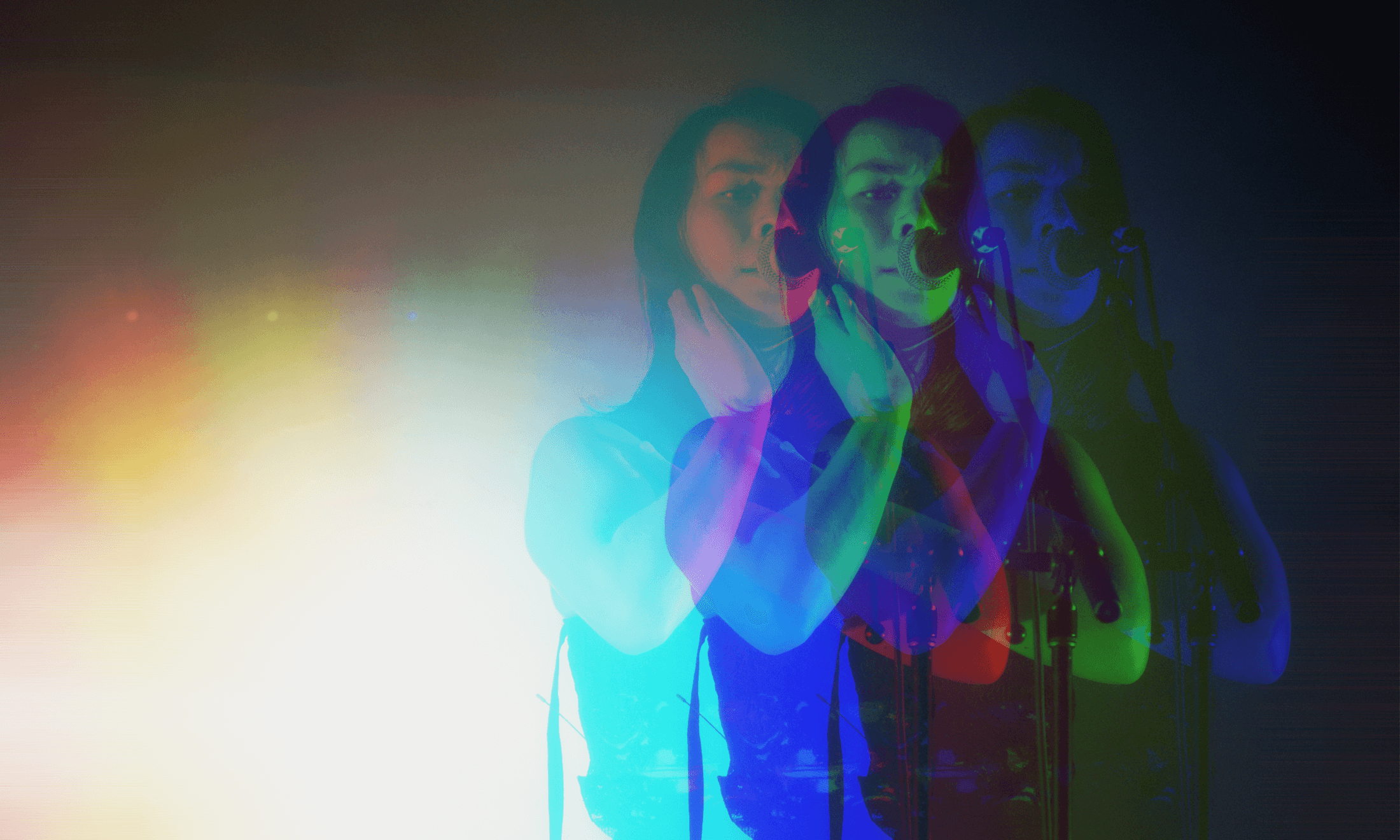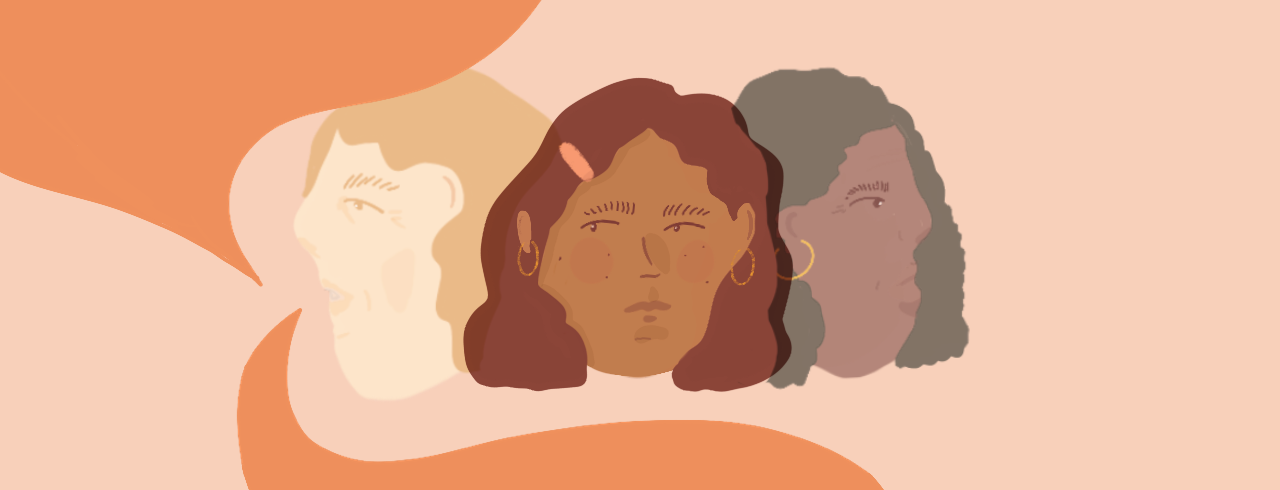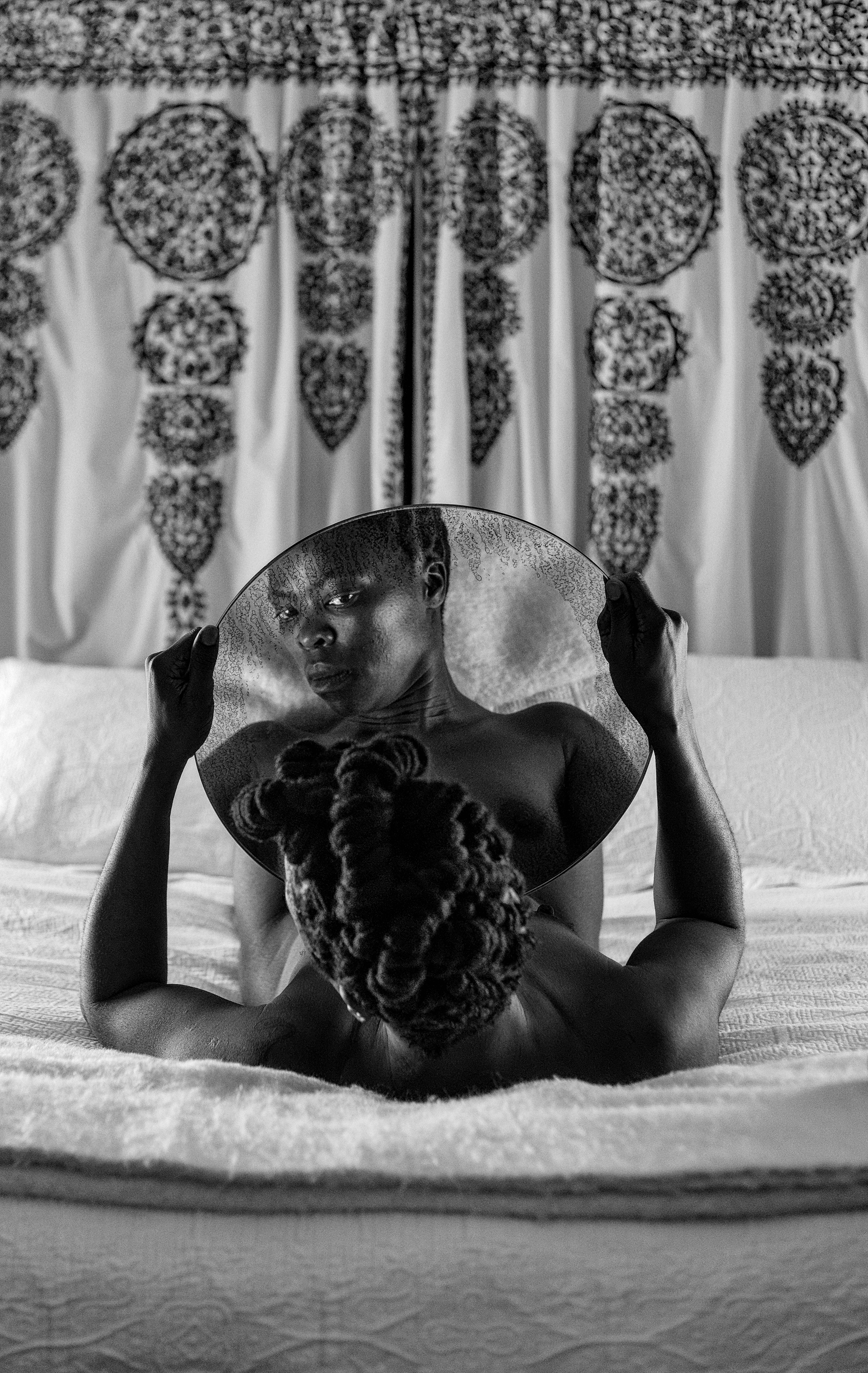
Photo via Flickr
Naomi Osaka, who is of Japanese and American heritage, has enjoyed a sudden rise to fame and popularity across the world. And it’s finally is forcing the land of the rising sun (Japan) to reconsider what it really means to be Japanese. As someone who has a similar heritage to Osaka, I think it’s about time.
In January 2019, Osaka became the world number one tennis player after winning her second consecutive grand slam, the Australian Open. After the controversy surrounding the US Open back in September, where Osaka beat her childhood idol Serena Williams in the final after Williams was controversially docked a point, Australia finally felt like it was Osaka’s moment for the taking: a new era in tennis, on her own terms. And if you follow Osaka on social media or watch any of her interviews, you’ll notice Osaka’s talent extends far beyond the courts. Osaka has an effortless and endearing vibe so it’s easy to understand why she’s so likeable around the world.
My grandfather also disowned my mother for marrying outside her race. From meeting the Japanese relatives after being an outcast to the omamori to being judged on appearances, this article resonates with my half-Japanese soul. #hafu @brooklarmer https://t.co/XL3y3JI95t
— Oona McGee ?????? (@OonaMcGee) September 10, 2018
Back when she won the US Open, the global headlines were all about Serena’s outburst, but for me, there is far more interesting story around Osaka’s career and upbringing. She’s Japanese, Haitian and raised in the States. And as far as many are concerned, she is free to move between her cultural hyphens; Japanese — American — Haitian, while representing the US. But when she represents Japan in her tennis tournaments, the Japanese don’t always fully accept her. In the country, there is a unique term for people like Osaka and and myself. They would say that I am a hafu. It’s taken from the English word “half” and is usually used to describe someone who is Japanese and typically Caucasian.
The stereotype around being a hafu is that we’re generally attractive; pale skin, big eyes and a tall nose . We’re fetishised, but the word is not deemed negative in Japanese culture. Our proximity to whiteness is seen as palatable as we’re often still in possession of many recognisable features associated with being Japanese. The acceptable face of the hafu is therefore usually part white. The influence of Western culture reverberates throughout the country as hafus of white heritage are often used as models in advertising campaigns, helping to set the beauty standard across the population in the process.
“The influence of American culture reverberates throughout the country as hafus of white heritage are often used as models in advertising campaigns, helping set the beauty standard across the population”
The idea of a hafu being anything other than part white was only challenged recently, when in 2015, Ariana Miyamoto, who is both black and Japanese and was born and raised in Japan, won the Miss Universe Japan Pageant. The reaction on social media made it clear that the country still isn’t ready for a bi-racial black woman to subvert the Eurocentric-Japanese beauty standard. “Even though she’s Miss Universe Japan, her face is foreign no matter how you look at it!” tweeted one user. Another posted: “The contradiction that is having a hafu Miss Universe Japan …” While the Japanese media mostly ignored the beauty queen, the international press covered the story widely and Ariana used her newly found platform to openly discuss the discrimination that she has experienced.
However, it seems the sporting world is more open to the idea of mixed black and Japanese athletes. Japan embraced Naomi Osaka’s US Open win, with Prime Minister Shinzo Abe congratulating and thanking her for “giving Japan a boost of inspiration at this time of hardship” as Osaka’s win followed a devastating typhoon and earthquake. The Yomiuri Shimbun, a conservative broadsheet newspaper, hailed her as “a new heroine Japan can be proud of”, and the media widely reported that after her win Osaka was most looking forward to was having a katsu curry.
Miss Japan Ariana Miyamoto on racism: “I’ve been called n****r and had trash thrown at me” http://t.co/TD3FO9JGCC pic.twitter.com/uuiaanjoUw
— Sharon H Chang (@sharonhchang) April 6, 2015
Osaka has been more widely accepted than Miyamoto, but is that because she’s less vocal about her Japanese heritage? The beauty queen, while also representing the country she was born in, publicly asserted her Japanese side which many in the country wanted to challenge. On the other hand, Osaka is US-based, and has spoken less about her identity. These women are both Japanese and black, but Osaka, with her love of katsu curry, is version of a hafu that is easier to accept as she’s grown up in America, has only a basic grasp of the language and has a somewhat distant appreciation of Japanese culture. Miyamoto is more difficult to accept: she was born and bred in Japan and identifies as Japanese, whilst challenging the Japanese beauty hegemony by competing in pageants and using her platform to talk about discrimination.
But there is still a long way to go for Osaka too, as proved recently when one of her Japanese sponsors, Nissin Foods, ran a whitewashed noodles advert in Japan during the Australian Open. Osaka was depicted as a light-skinned cartoon (to public outcry) and the company have since issued a rather basic apology and promised to “pay more attention to respect for diversity in our PR activities” – whatever that means.
Naomi Osaka: Noodle company apologises for ‘white-washing’ https://t.co/dlt5Fa450h
— BBC Asia (@BBCNewsAsia) January 23, 2019
I asked my Japanese mother, a tennis fan, her thoughts as to whether Osaka can ever truly represent Japan and shift the public perception on hafus. Her response was that mixed-race Osaka wouldn’t ever be Japanese “in the same sense” as those with two Japanese parents. “Everyone knows she was brought up abroad,” my mother commented. Unfortunately, I think my mother’s honesty reflects what the average Japanese person is thinking, and shows that we’ve still got a long way to go to alter the national conversation around hafu identity.
Japan is an ethnically homogenous society, with immigrants only making up 1% of the population. Through centuries of isolation, the country has maintained something of an island mentality and propagated ideas of racial “exceptionalism” during the 20th century, which was also used to justify its bloodthirsty colonial reign over much of Asia. Many Japanese have therefore developed a pretty limited idea of what it is to be Japanese. Although the nation faces a shrinking population (many young adults don’t want kids), Japan continues to have tough immigration policies and biracial people like myself are not officially allowed to hold dual nationalities. We have to choose what country we want by the age of 21.
The definition of hafu has been widened slightly to include those of black heritage, thanks to figures like Osaka. And despite the whitewashing and tokenistic acceptance of her in certain circles, I believe her visibility in the sporting world is helping shift cultural perceptions in Japan. But if the Japanese want to use Osaka as a national symbol come the Olympics in 2020, they still need to accept all of who she is, not just the parts that are deemed the most palatable.









